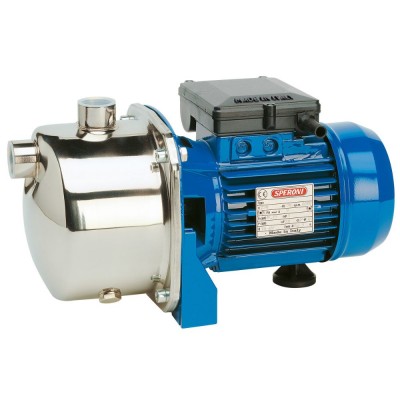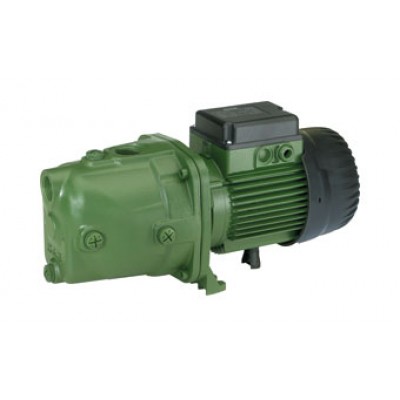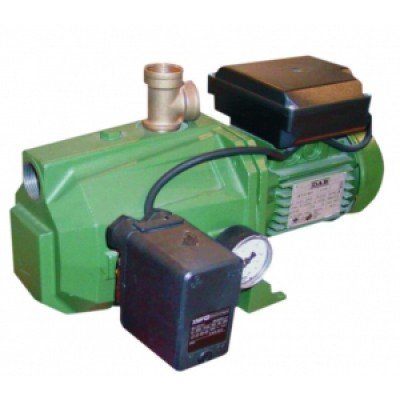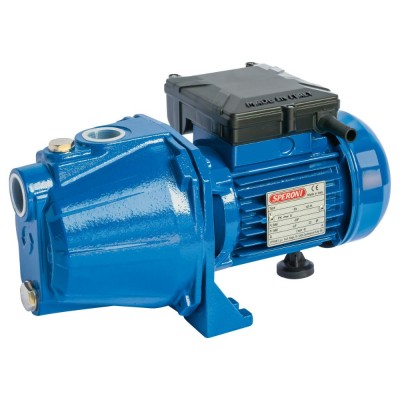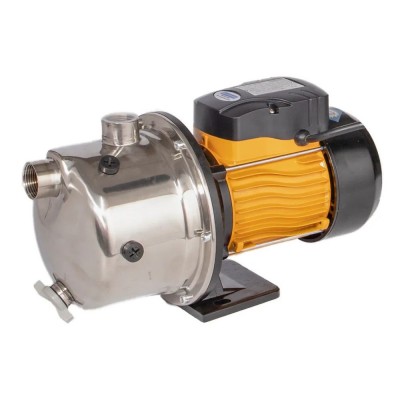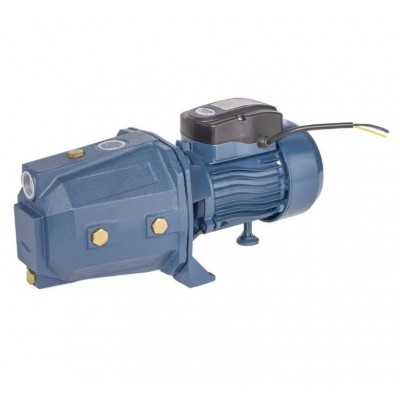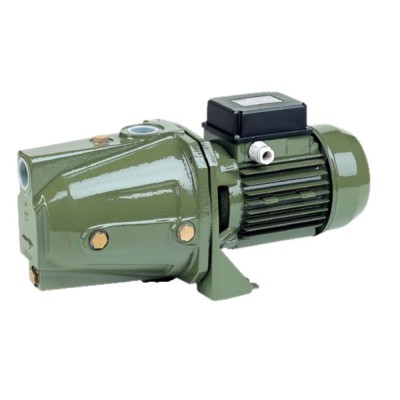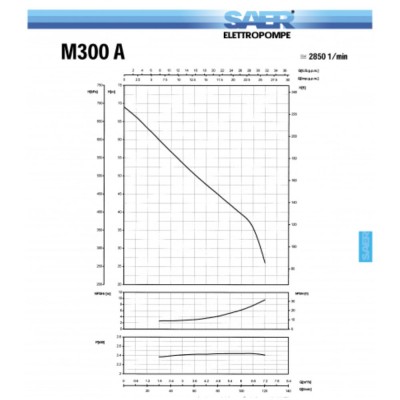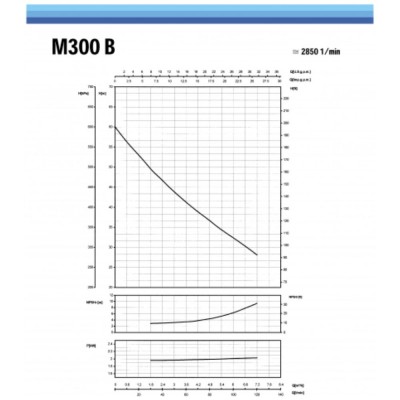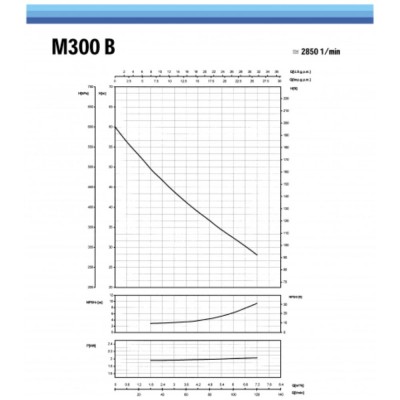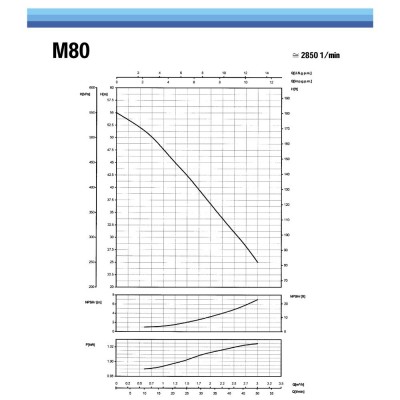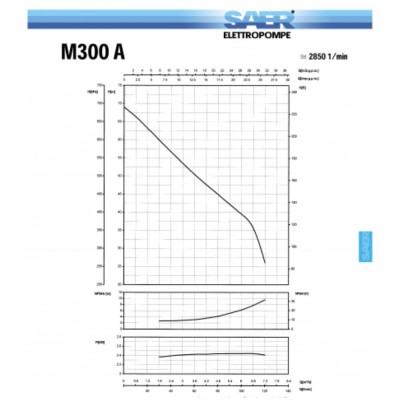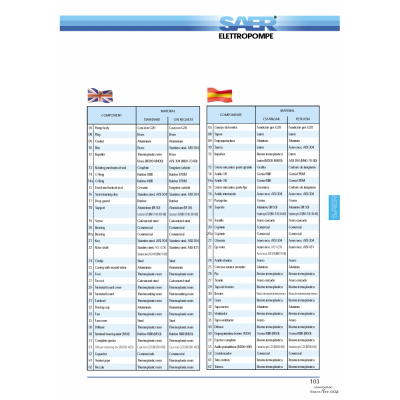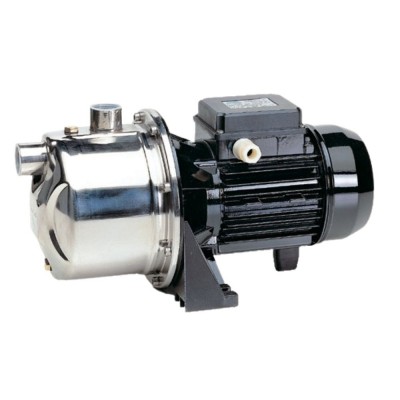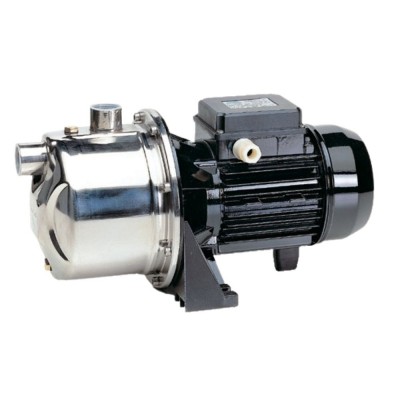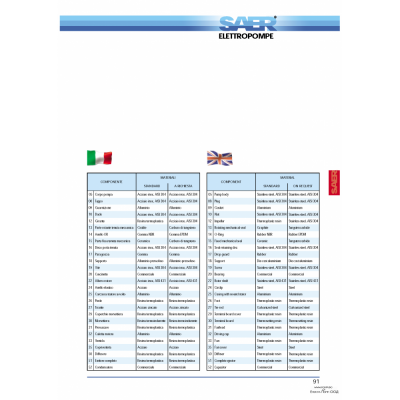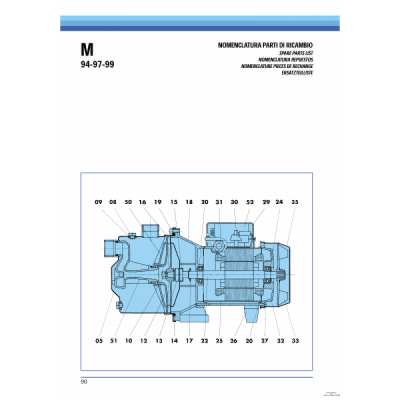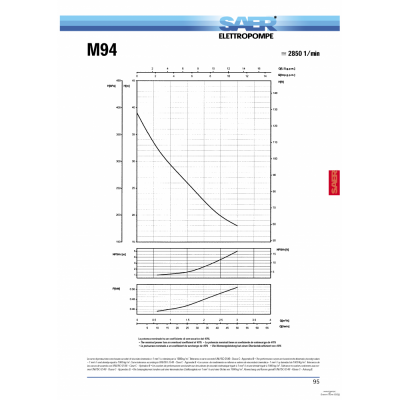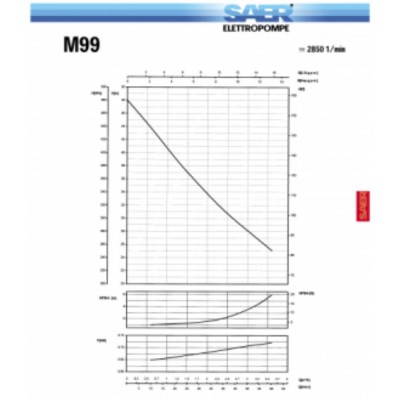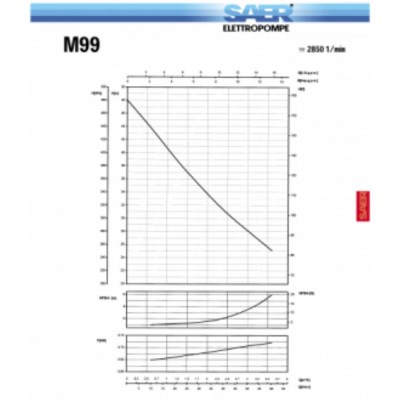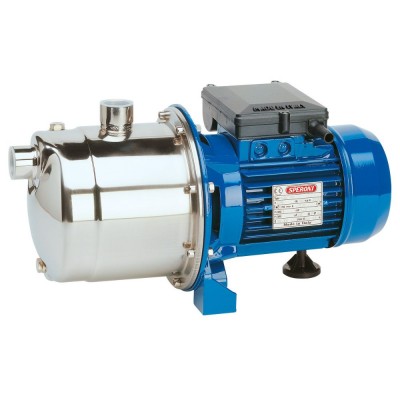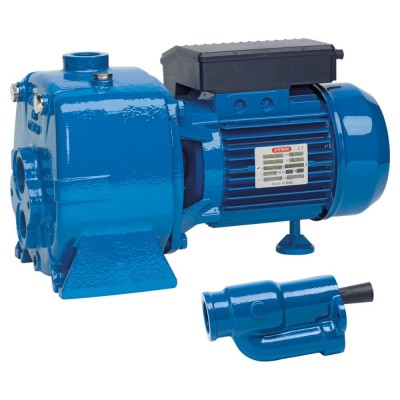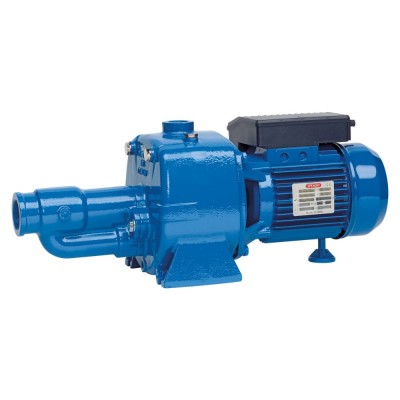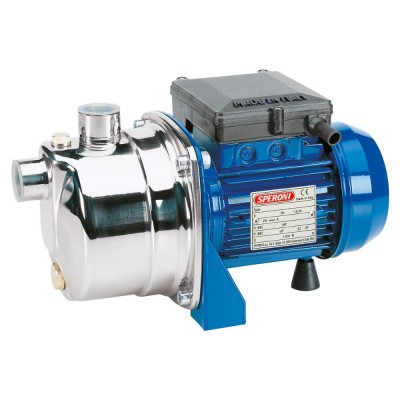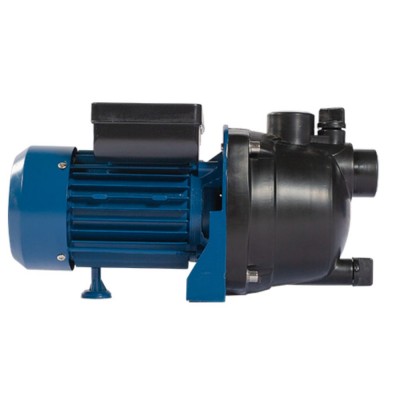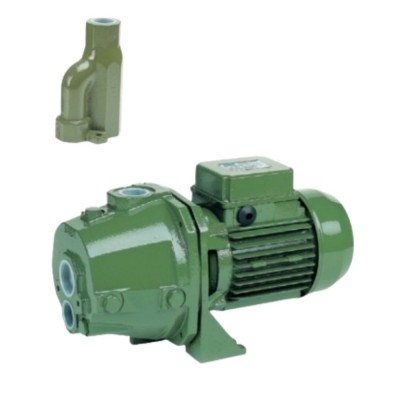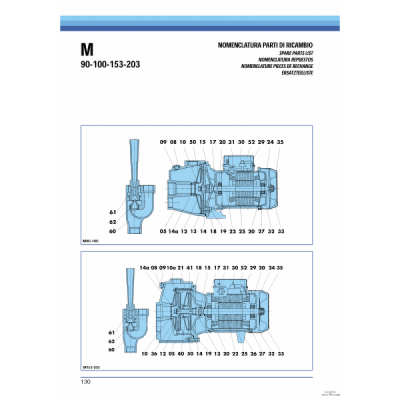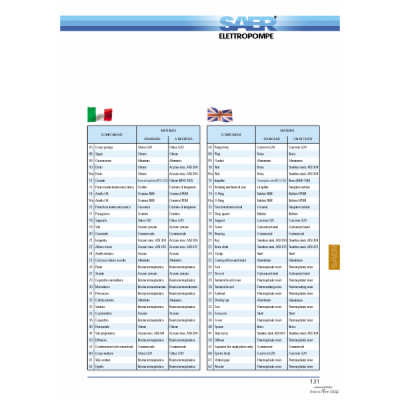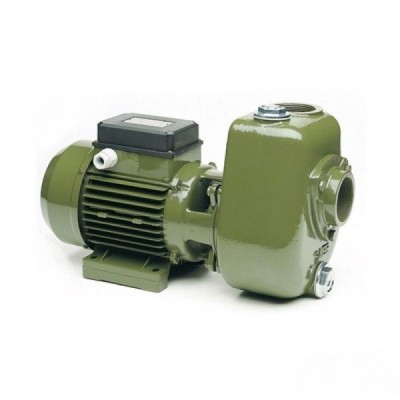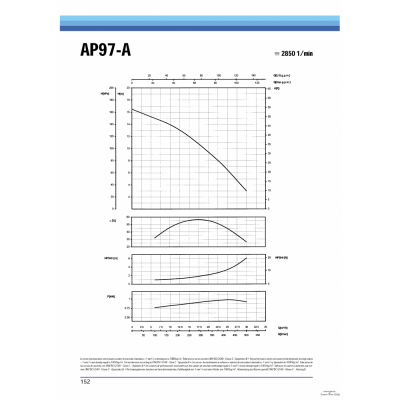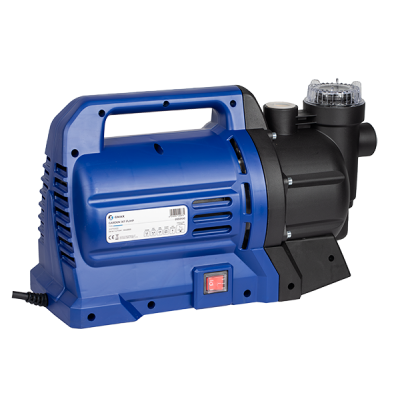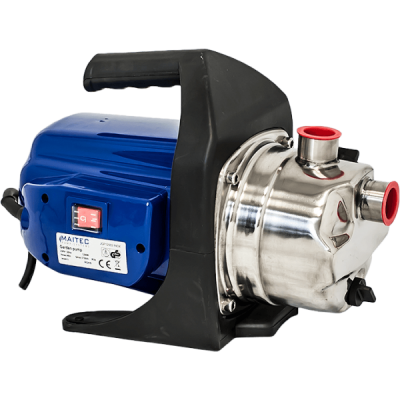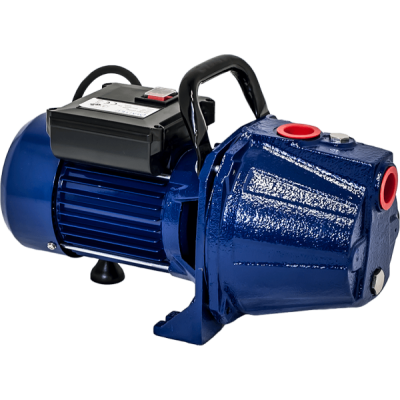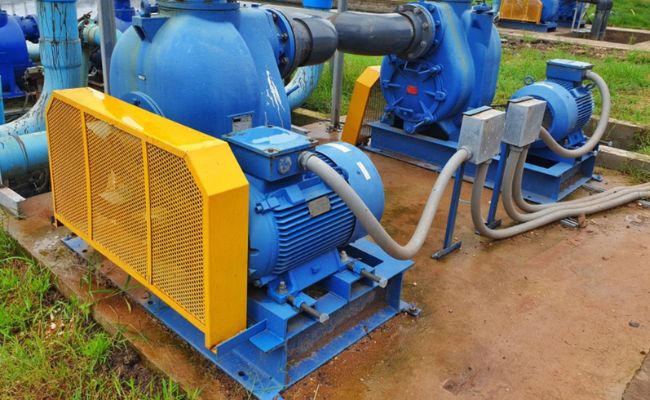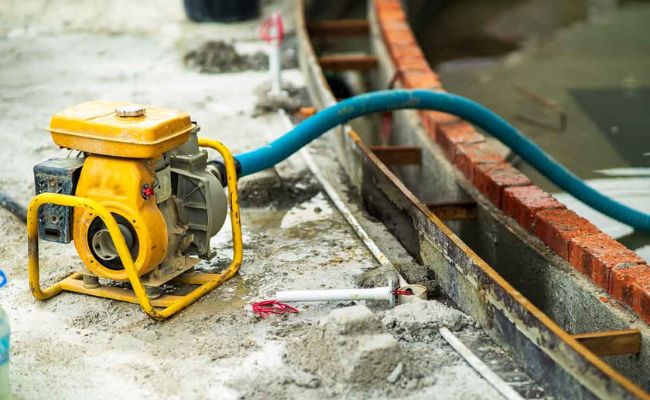Self priming pumps


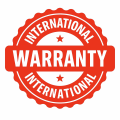

Self priming pumps are a type of water pumps designed to automatically draw water without the need for pre-filling the pipeline. They are widely used for domestic and industrial purposes, providing efficient and reliable water supply.
Advantages of Self Priming Pumps
Self priming pumps are characterized by the following advantages:
- Easy installation and operation: They do not require complex adjustments or maintenance.
- Efficient performance under various conditions: They can be used at low pressure and in hard-to-reach areas.
- Long lifespan: Made from high-quality materials, they ensure resistance to corrosion and mechanical stress.
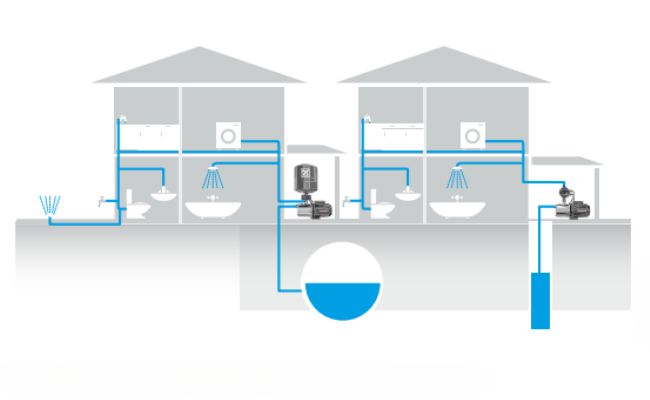
Main Applications of Self Priming Pumps
- Domestic water supply: For transferring clean water from wells, tanks, or other water sources.
- Irrigation: For watering gardens, greenhouses, and agricultural fields.
- Industrial use: Suitable for transporting liquids in industrial processes.
How to Choose the Right Self Priming Pump?
When choosing a self priming pump, it is important to consider the following factors:
- Flow rate and head: Calculate the required performance according to your needs.
- Type of liquid: Ensure the pump is suitable for the type of liquid you will transport (clean water, contaminated water, etc.).
- Materials: Check whether the pump materials are resistant to corrosion and wear.
Maintenance of Self Priming Pumps
To ensure the long lifespan of your pump, we advise you to:
- Clean the filters regularly to avoid clogging.
- Inspect the seals for wear.
- Monitor for noises or vibrations that may indicate a problem.
Frequently Asked Questions About Self Priming Pumps
How does a self priming pump work?
A self priming pump creates a vacuum that draws water from the source and transports it to the desired location.
What are the main applications of self priming pumps?
They are used for water supply, irrigation, drainage, and industrial purposes.
Can a self priming pump operate without water?
No, it must be filled with water before the initial start-up.
What are the main types of self priming pumps?
There are models for clean water, contaminated water, and chemically aggressive liquids.
How long can a self priming pump run without stopping?
It depends on the model, but they are generally designed for extended operation.
What should I do if the pump does not draw water?
Check for air in the system, clean the filters, and inspect the inlet and outlet connections.
Can the pump be used for contaminated water?
Yes, if it is designed for that type of liquid. Ensure the materials are resistant to abrasive particles.
How do I calculate the required pump flow rate?
Measure the amount of water you want to transfer over a specific period.
What does "maximum head" mean?
Maximum head is the height to which the pump can lift water.
How do I know if the pump is suitable for my well?
Measure the depth of the well and compare it with the pump’s technical specifications.
How can I prevent the pump from freezing in winter?
Drain the water and store the pump in a warm place.
What are the signs of pump issues?
Noises, vibrations, reduced flow rate, or leaks may indicate a problem.
Can I repair the pump myself?
Some repairs, such as seal replacements, can be done independently, but for more complex issues, consult a specialist.
How much energy does a self priming pump consume?
Energy consumption depends on the pump’s power and operating time.
What accessories are needed for installing a self priming pump?
Filters, valves, hoses, and pressure gauges are commonly used accessories.
How can I increase the efficiency of the pump?
Maintain it regularly, check the connections, and choose suitable accessories.


